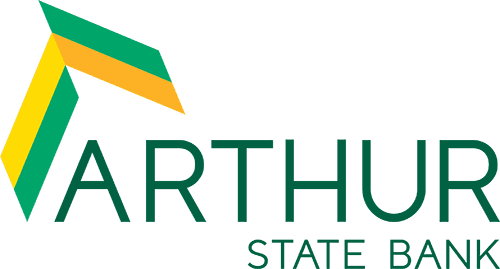There are a range of household scenarios that can spur a need to move from living on two incomes to just one. And whether your family’s change in income is the result of one breadwinner’s return to school, a divorce, a layoff, a choice to homeschool the kids or anything else, the financial prospect of going from a dual-income family to a single-income family can be a daunting one.
But when you think through the lifestyle changes you’ll need to make and plan ahead accordingly, the shift from two paychecks to one is an adjustment that most families can manage. And while the switch is certain to present some challenges, here are eight financial strategies that can help get you through the leaner times:
- Reduce your living expenses: In many cases, adding flexibility to your household budget is more about taming your spending than bringing home bigger paychecks. To explore where you can cut costs, take a close look at your household spending over the last few months, and identify the non-essentials. Do you have any streaming services that you rarely (if ever) use? Did you add any luxuries such as a house-cleaning service or meal delivery as a result of “lifestyle creep” when you were living on dual incomes? Do you really need that expensive, no-limit mobile phone plan, or will a less-expensive option cover your needs? Look for relatively easy ways to cut your expenses, and take the steps needed to start saving.
- Build a new budget: For dual-income households, there may be enough cash coming in to get by without a budget. (Though for those looking to responsibly save for future and unexpected expenses, creating a budget is never a bad idea.) But for single-income households, creating a budget can be much more critical — and even essential to making ends meet. Now that you’re moving from two incomes to one, creating a household budget can go a long way toward making sure you can cover all the vital expenses and have the necessary funds available when you need them. For helpful tips on building your household budget, check out Arthur State Bank’s blog article on the topic.
- Seek out special payment plans and lowered costs: With just one household income, your family may now qualify for lower rates on/different payment plans for certain expenses than it did with multiple incomes. A couple examples here include insurance costs and student loan repayment schedules, each of which can sometimes vary based on household income. Further, in response to the COVID pandemic, some benefits programs such as Medicaid lowered the income thresholds at which households may qualify for help, so it may be worth looking into what is available in your area. In addition, certain businesses often allow for payment-plan restructuring upon request. For example, many medical offices will work with patients and their families to set up monthly payment that the household can afford.
- Consider refinancing your debts: Depending on where the interest rates you’re currently paying stand versus the current interest rates offered, refinancing loans such as those for your car or your home may be one way to save money on the interest you pay. And even if you can’t achieve a lower interest rate, sometimes loans can be restructured so that you’re paying off the same amount over a longer period of time, thereby lowering your monthly expenses. While this could result in more interest paid over the long haul — which may not be something you’d normally be interested in — the tradeoff may be worth entertaining in your current situation.
- … and consolidating them: When households carry a substantial number of credit card debts, the interest alone can add up to significant sums — especially if only the minimum payments are being made each month. But by paying off all of these credit card debts via a personal loan, HELOC, or refinance, the higher-interest debts typically seen with credit cards can be eliminated in exchange for a single debt with a much lower interest rate and a fixed monthly payment.
- Shop around for the lowest prices: Paying full price may be a convenient way to get what you need or want quickly and without much hassle, but shopping around for deals can deliver serious savings. If you have certain go-to brands for regular needs such as clothing and shoes, consider signing up for their email newsletters. This can often lead to instant savings via a promo code when you sign up, and it will keep you in the know regarding the brands’ sales. The same tactic applies to your favorite grocery stores and restaurants, which often offer special deals to subscribers, in addition to keeping them informed on sales. For larger, more expensive items, consider buying used, refurbished or “open box” to seize big savings.
- Build an emergency fund: You may not feel like you can spare the money to build an emergency fund on one income. But every little bit you can save counts — and you’ll be glad you did when unexpected expenses arise. For the best results, set the money for your emergency fund aside in a different place than your other savings, such as in a separate savings account. For more helpful tips on building an emergency fund, check out Arthur State Bank’s blog article on the topic.
- Leverage community resources: For households that lost their second income to an injury or disability, resources may be available to help with finances. For example, many workers pay into state disability insurance and/or unemployment insurance without even realizing it. And now that you’re in a new situation following a loss of income, you may be eligible to collect on one of these. Further, community groups to which you belong — such as churches, unions and nonprofits — may offer help such as free or subsidized child care to those in need. By tapping into them during this stage of your life, you may be able to free up funds that you need to use elsewhere.
Proudly serving South Carolina since 1933, Arthur State Bank offers accounts and services to meet a variety of financial needs. To help you achieve all your financial goals, the bank offers in-person service as well as a range of convenient digital solutions. To learn how Arthur State Bank can help you with banking needs ranging from checking and savings to retirement accounts, mortgages, other personal loans and more, visit arthurstatebank.com.






















